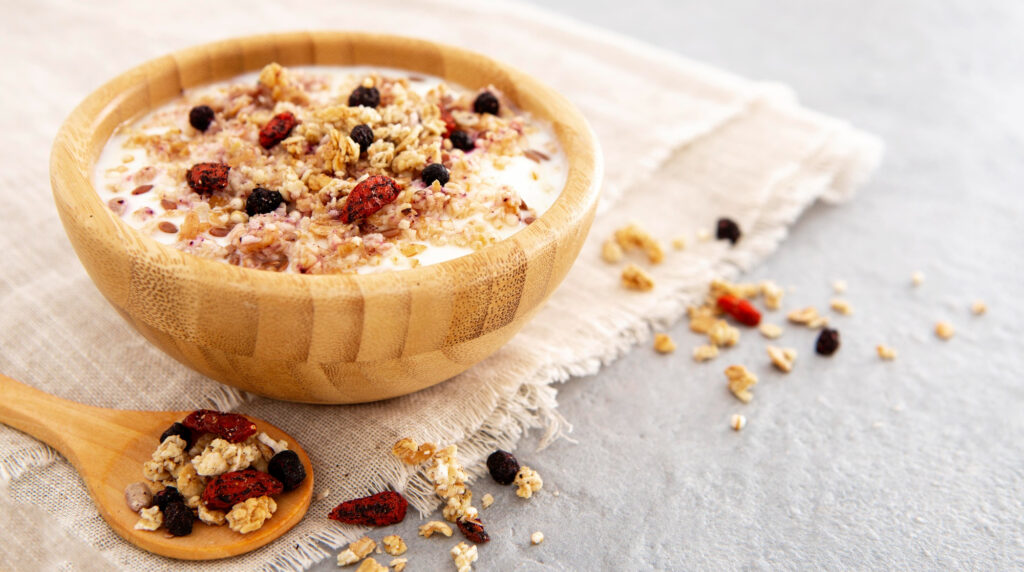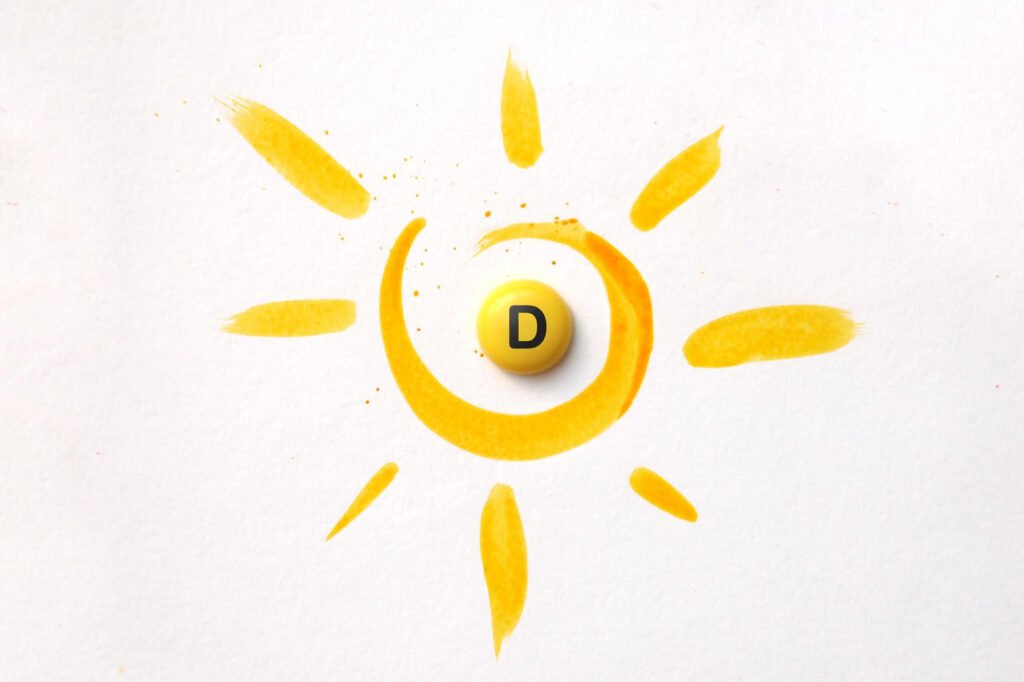Vitamin D is a critical nutrient that plays a crucial role in maintaining healthy bones, teeth, and immune function. It is also important for a range of other bodily processes, including muscle function and overall health and well-being.
While the body can produce vitamin D when the skin is exposed to sunlight, many people do not get enough of this important nutrient through sun exposure alone (especially in the northern regions).
Fortunately, there are many foods that are rich in vitamin D, making it easy to incorporate into a healthy diet.
1. Fish
One of the best sources of vitamin D is fatty fish. Fish like salmon, mackerel, and tuna are not only high in vitamin D but also provide other important nutrients such as omega-3 fatty acids, which are essential for heart health and brain function.
These fish are also a good source of protein and can be easily incorporated into many meals. Canned fish, such as sardines and canned salmon, are also a great source of vitamin D and can be a convenient option for those on the go.
In addition, elevated levels of vitamin D in fatty fish can also play a role in improving sexual health. Studies indicate that a diet rich in omega-3 fatty acids improves sexual function and libido in both men and women.
2. Eggs
Eggs are another good source of vitamin D. The yolks of eggs are particularly high in vitamin D, and it is important to eat the whole egg to get the full benefit. Eggs are also a good source of protein, fat and choline.
As we can see Vitamin D is essential for maintaining healthy testosterone. Since eggs can provide a significant boost of vitamin D, you may increase testosterone levels indirectly.
3. Dairy Products
Fortified dairy products are also a good source of vitamin D. Milk, cheese, and yogurt are often fortified with vitamin D to help increase the nutrient content. Soy milk and other non-dairy milk alternatives are also often fortified with vitamin D, making them a good option for people who don’t consume dairy products.
For instance, one cup of whole milk (244g) contains around 125IU of vitamin D (recommended daily dose is around 600-800 IU).

Furthermore, dairy products can be a great addition to a weight loss diet. Studies have shown that incorporating low-fat dairy products into your meals can help to reduce body weight and fat, while also improving overall body composition.
4. Mushrooms
Mushrooms are another source of vitamin D. Wild mushrooms that have been exposed to sunlight, such as shiitake, chanterelle, and morel mushrooms, have a higher vitamin D content.
Moreover, mushrooms are a low-calorie food that can be a great addition to a weight loss diet. They are packed with nutrients like vitamins B and D, copper and selenium. These minerals play a relevant role in boosting metabolism and reducing inflammation in the body
5. Fortified Cereals
Fortified cereals are another source of vitamin D, particularly for those who don’t consume dairy products or who have limited sun exposure. Many cereals are fortified with vitamin D, providing around 10% to 20% of the recommended daily intake per serving.
However, it is important to check the nutrition label and ingredients list, as not all cereals are fortified with vitamin D. Some fortified cereals may contain added sugars and other ingredients that may not be ideal for a healthy diet.

Another benefit of cereals is that they are low in calories and fat, making them a great option for those looking to shed a few pounds.
6. Supplements
In addition to these food sources, there are also many other ways to increase vitamin D intake. Supplements can be a convenient way to ensure adequate vitamin D levels. That is especially important for those who do not get enough through their diet or sun exposure.
Vitamin D supplements are available in a variety of forms, including capsules, tablets, gummies, and liquids.
7. Sunshine Exposure
When your skin is exposed to sunlight, it produces vitamin D. The amount of vitamin D produced through sun exposure varies depending on a number of factors. These include: the time of day, season, latitude, skin pigmentation, and use of sunscreen.
Generally, the body can produce enough vitamin D from brief, unprotected sun exposure during peak hours (between 10 a.m. and 2 p.m.). That is the case for the summer months and when you live closer to the equator.
However, during other times of the year or in areas farther from the equator, longer exposure or supplementation may be necessary.

Takeaway
Vitamin D is an essential nutrient that helps the body absorb calcium and maintain strong bones. It also plays a role in supporting the immune system and preventing chronic diseases.
The primary source of vitamin D is exposure to sunlight, which triggers the body to produce the vitamin. However, it can also be obtained from certain foods and supplements as indicated in this article.
It is worth mentioning that keeping your Vitamin D level within suggested range is vital for your health and longevity.


Thanks designed for sharing such a good thought, post is good, thats why i have read it completely
You seem to know a lot about this, as if you authored the book in it or something. I mean you might add some images to help illustrate your points more clearly, but other than that, this is a great blog and I will definitely be back.
Very well presented. Every quote was awesome and thanks for sharing the content. Keep sharing and keep motivating others.